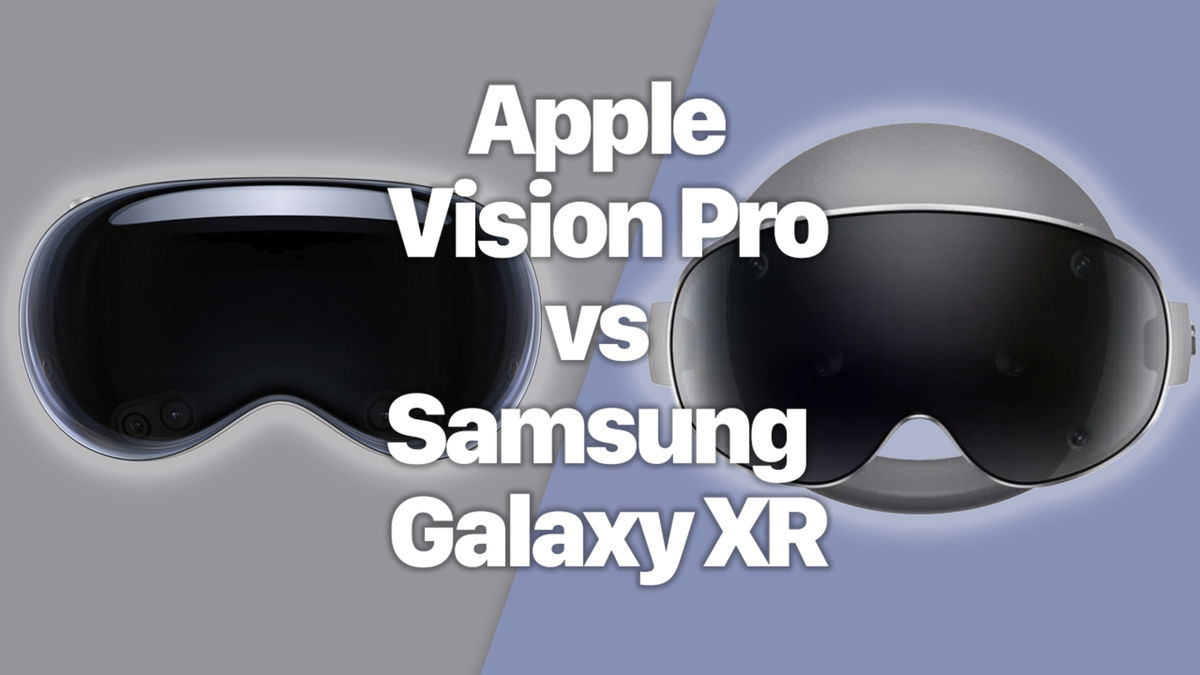In a society that rewards youth and humiliates old age, anti-aging treatments have generated great interest among the population, as well as in the dermocosmetic and food industries. And among all of them, hydrolyzed collagen (HA) supplements have become one of the most sought-after nutritional supplements in recent years. But what are its true consequences?
Collagen – from the Greek. cola (rubber) and gene (generation) – makes up 30% of the protein of the body and plays a vital structural role in the connective tissue of the skin, muscles, cartilage and bones. It is the main element of the extracellular matrix—the systems of molecules that surround and support cells and tissues in the body—along with elastic fibers, hyaluronic acid, and protein-bound compounds called proteoglycans, or polysaccharides.
Age and the sun, enemies of smooth skin
The problem is that after the age of 40, we lose 1% of the collagen in our skin every year. Added to this is exposure to ultraviolet radiation, the most important external spoilage factor. Exposure to the sun causes changes in DNA and oxidation of the structural macromolecules of the skin. Causes fragmentation and disorganization of elastic and collagen fibers. All this translates into the appearance of wrinkles, loss of elasticity and increased dryness and roughness of the skin.
Various studies and meta-analyses published over the past ten years have shown that consumption of hydrolyzed collagen as an oral supplement yes it can be good for the skin. Reduces wrinkles in areas exposed to sunlight, increases skin hydration, improves elasticity, reduces collagen fragmentation and increases its density in the dermis. However, the mechanism of action of these additives remains unclear.
According to some studies, the consumption of collagen supplements increases extracellular matrix protein synthesis by activating fibroblasts (connective tissue cells) in the dermis and slowing down the effects of UV-induced photoaging. This reduces oxidative damage and improves the folding of the proteins of the aforementioned extracellular matrix.
However, these jobs suffer from prejudices and limitations. First, the studies are few and very heterogeneous. Sample sizes are small.and in many cases funded and promoted by manufacturing companies. In addition, they do not distinguish between sources or types of collagen, extraction methods, drinking solutions and jellies, duration of treatment, or daily dose.
Where do collagen supplements come from?
In terms of origin, hydrolysed collagen supplements can be derived from recombinant collagen—derived from bacteria, mold, insects, plants, or mammalian cells—or from natural sources—animals and plants. Most are descended from mammals such as cows and pigs, as well as from birds.
Their production and extraction methods are simple and cheap, but many of these collagen supplements are restricted for religious, cultural, or dietary reasons. This applies to vegetarians, since often the raw materials for the manufacture of supplements are of animal origin. Also, although there are very few side effects, they can be a potential source of infections such as bovine spongiform encephalopathy.
Recently, the attention of researchers has been attracted by sea sources. The entrails, heads and bones of fish produce a huge amount of waste: about 20 million tons per year. They use the skin, spines and scales of hot and cold fish such as mojarra, sturgeon, catfish, sole, romerillo…
Light and above all shadows
Despite the dose variation – from 2.5 to 10 grams per day – supposedly in 60-90 days you can see the results, although different instruments are also used to measure them. The cost of treatment can be $600 or €550 per year.
The first issue for evaluating its true effectiveness is that most commercial compounds combine vitamins, minerals, antioxidants, coenzyme Q10, hyaluronic acid, or chondroitin sulfate, but the benefits are attributed to collagen alone.
Along with the consumption of collagen supplements, social media promotion of these products has skyrocketed. Many popularizers—mostly non-medical and lacking scientific evidence—not only praise its real benefits, but also attribute other benefits that are difficult to verify or simply misleading.
For example, it is claimed to improve sleep quality and mood, fight heartburn and arthritis, prevent Alzheimer’s disease, or have a protective effect on cardiovascular and gastrointestinal health.
If the spread of these properties prevents consumers from being treated with appropriate medicines for their illnesses, it can pose a serious health risk to these people.
It is clear that the effects of collagen supplements are promising, but more research is needed to determine its usefulness. For all these reasons, it can be concluded that measures such as photoprotection with sunscreen or the use of retinoids (derivatives of vitamin A) are still more effective and beneficial in preventing and reducing premature signs of aging than the consumption of hydrolyzed collagen.
Source: Hiper Textual













